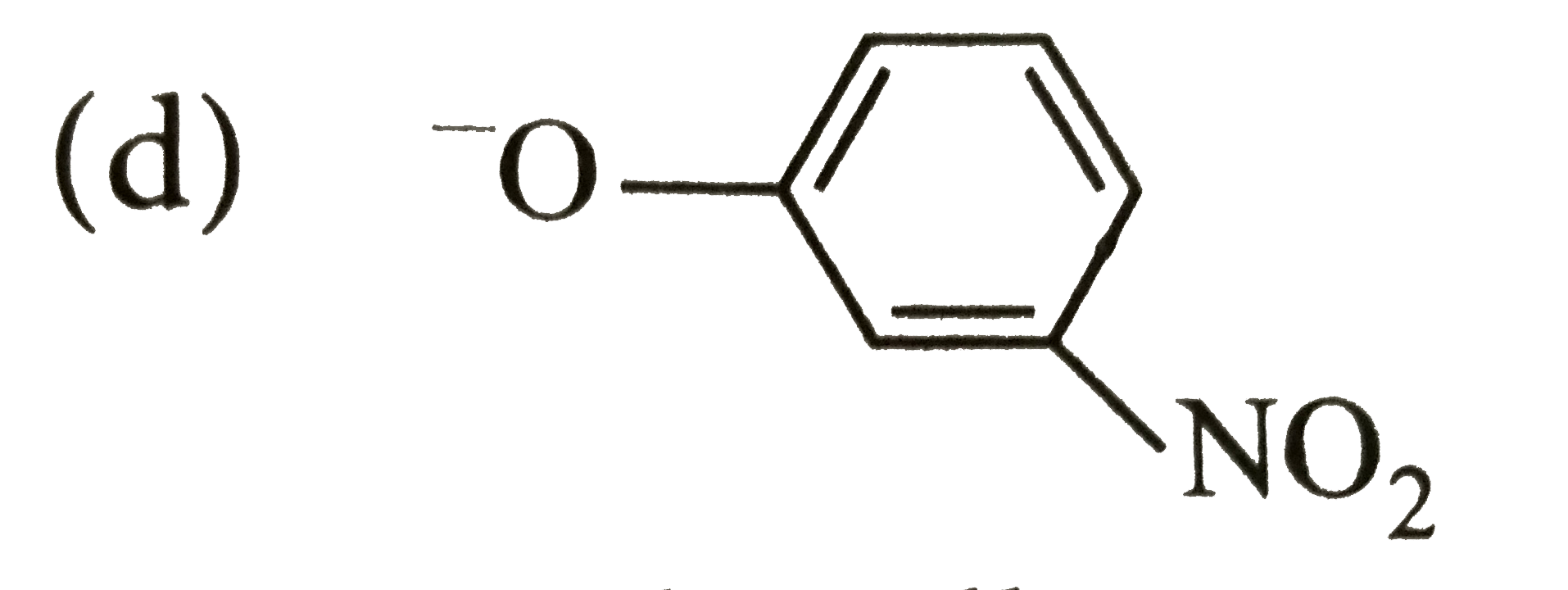Which of the following species can act both as an acid as well as a base ?
SO2−4
HSO−4
PO3−4
OH−
The correct Answer is:B
To determine which species can act both as an acid and a base, we can analyze the options based on the Bronsted-Lowry acid-base theory. According to this theory, an acid is a substance that can donate a proton (H⁺), while a base is a substance that can accept a proton.
1. Understand the Definitions:
- Acid: A species that donates a proton (H⁺).
- Base: A species that accepts a proton (H⁺).
2. Analyze Each Species:
- Let's denote the species as A, B, C, etc. (since the specific species are not provided in the question).
3. Evaluate Species A:
- If species A can only donate protons and cannot accept them, it is classified solely as an acid. Therefore, it cannot act as both an acid and a base.
4. Evaluate Species B (HSO₄⁻):
- When HSO₄⁻ donates a proton, it forms SO₄²⁻, which is its conjugate base. This means HSO₄⁻ acts as an acid.
- When HSO₄⁻ accepts a proton, it forms H₂SO₄, which is its conjugate acid. This means HSO₄⁻ acts as a base.
- Since HSO₄⁻ can both donate and accept protons, it can act as both an acid and a base.
5. Evaluate Species C:
- If species C can only accept protons and cannot donate them, it is classified solely as a base. Therefore, it cannot act as both an acid and a base.
6. Conclusion:
- Based on the analysis, the only species that can act both as an acid and a base is HSO₄⁻.
Final Answer:
The species that can act both as an acid and a base is HSO₄⁻.
---
- Acid: A species that donates a proton (H⁺).
- Base: A species that accepts a proton (H⁺).
- Let's denote the species as A, B, C, etc. (since the specific species are not provided in the question).
- If species A can only donate protons and cannot accept them, it is classified solely as an acid. Therefore, it cannot act as both an acid and a base.
- When HSO₄⁻ donates a proton, it forms SO₄²⁻, which is its conjugate base. This means HSO₄⁻ acts as an acid.
- When HSO₄⁻ accepts a proton, it forms H₂SO₄, which is its conjugate acid. This means HSO₄⁻ acts as a base.
- Since HSO₄⁻ can both donate and accept protons, it can act as both an acid and a base.
- If species C can only accept protons and cannot donate them, it is classified solely as a base. Therefore, it cannot act as both an acid and a base.
- Based on the analysis, the only species that can act both as an acid and a base is HSO₄⁻.
The species that can act both as an acid and a base is HSO₄⁻.
Topper's Solved these Questions
- EQUILIBRIUM Book:NCERT FINGERTPS ENGLISHChapter:EQUILIBRIUM Exercise:HOTS
Explore 6 Videos
- EQUILIBRIUM Book:NCERT FINGERTPS ENGLISHChapter:EQUILIBRIUM Exercise:EXEMPLAR PROBLEMS
Explore 19 Videos
- ENVIRONMENTAL CHEMISTRYBook:NCERT FINGERTPS ENGLISHChapter:ENVIRONMENTAL CHEMISTRYExercise:Assertion And Reason
Explore 15 Videos
- HYDROCARBONS Book:NCERT FINGERTPS ENGLISHChapter:HYDROCARBONS Exercise:Assertion And Reason
Explore 15 Videos
Similar Questions
Any species capable of accepting a lone pair of electrons acts as a lewis acid, where as a species capable of donating a proton acts as a Bronstead acid.
Which of the following can act as a lewis acid as well as a lewis base ?
View SolutionWhich of the following species can function both as oxidizing as well as reducing agent?
View Solution
Knowledge Check
Which of the following species can act as the strongest base ?
A−OHBORCOC6H5D
Which of the following species can act as reducing agent ?
View SolutionWhich of the following species can act as reducing agent?
View SolutionWhich of the following species can acts as bronsted base as well as a Lewis base?
View SolutionWhich one of the following species acts only as a base ?
View SolutionWhich of the following can act as Lowry-Bronsted acid as well as base?
View SolutionWhich of the following species can act as the strongest base ?
View SolutionWhich of the following can act both as a Bronsted acid and a Bronsted base?
View Solution

